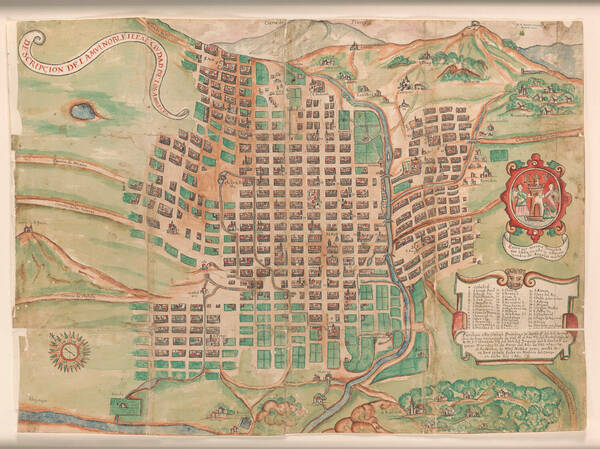
The Department of Music presents Listening for Nahua-Christian Identity in Christmas Songs from Puebla
Speaker:
Ireri E. Chávez-Bárcenas, Assistant Professor of Music at Bowdoin College
Respondent:
Michael Schreffler, Associate Dean for the Arts, College of Arts and Letters, Professor in the Department of Art, Art History & Design
Ireri E. Chávez-Bárcenas is Assistant Professor of Music at Bowdoin College. She holds a Ph.D. in musicology from Princeton University and an M.A. in religion and music from Yale University. She received the National Endowment for the Humanities Summer Stipend Award and was selected for the RaceB4Race First Book Institute supported by the Mellon Foundation for her book project Singing in the City of the Angels: Race, Identity, and Devotion in Early Modern Puebla de los Ángeles. Her work examines the performance of villancicos within the institutional and social fabric of Puebla de los Ángeles and develops a new methodology for studying the function, meaning, and transmission of the vernacular song tradition in the early modern Hispanic world. She has published journal articles and essays on the intersection of villancicos and early modern ideas of race, religion, and identity in New Spain, and on the adaptation of conflicting historiographical interpretations of the conquest of Mexico in Vivaldi's opera Motezuma.
Michael Schreffler is Associate Dean for The Arts in the College of Arts and Letters and Professor in the Department of Art, Art History & Design at the University of Notre Dame. His research centers on the art and architecture of the transatlantic Spanish world in the sixteenth and seventeenth centuries
Presented with support from The Notre Dame College of Arts and Letters, Teaching Beyond the Classroom, and The Department of Music Caffeine Series.
This lecture is free and open to the public.
ABSTRACT
Listening for Nahua-Christian Identity in Sixteenth-Century Christmas Songs from Puebla
Villancicos were the most important genre of devotional singing in early modern Spanish cathedrals and parishes around the world. From the late sixteenth century, they defined the soundscape of the Christmas feast, as complete cycles of villancicos were required each year for the various liturgical services of the season. Designed to gloss the liturgy with vernacular texts, villancicos often used literary dialects and popular song and dance genres to facilitate the representation of local people of various races or ethnicities.
This paper focuses on three villancicos written in Nahuatl by Guatemalan composer Gaspar Fernández for the feast of Christmas in Puebla in the second decade of the seventeenth century. The songs depict humble indigenous shepherds comforting the newborn Child in the Nativity scene. Scholars have interpreted the use of non-Spanish languages or dialects as an instrument of power designed to differentiate and ridicule the Other in order to impose Spanish order. Instead, I propose an approach that considers Puebla’s large Nahua population and the long tradition of repurposing Nahua ceremonial singing in Christian festivals in central New Spain. The contextualization of these songs within influential doctrinal literature written in Nahuatl reveals the prevalence of Nahua metaphors and rhetorical procedures that express indigenous notions of the sacred adapted to the new Christian context. From this perspective, Fernández’s songs can be seen as instrumental in the recognition of expressions of Nahua-Christian identity in public festivals in Puebla.